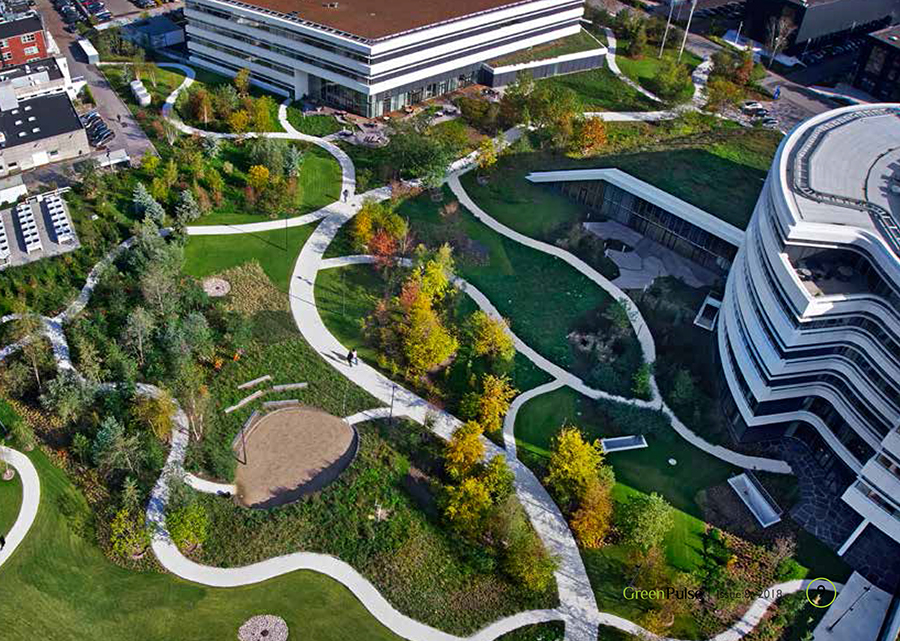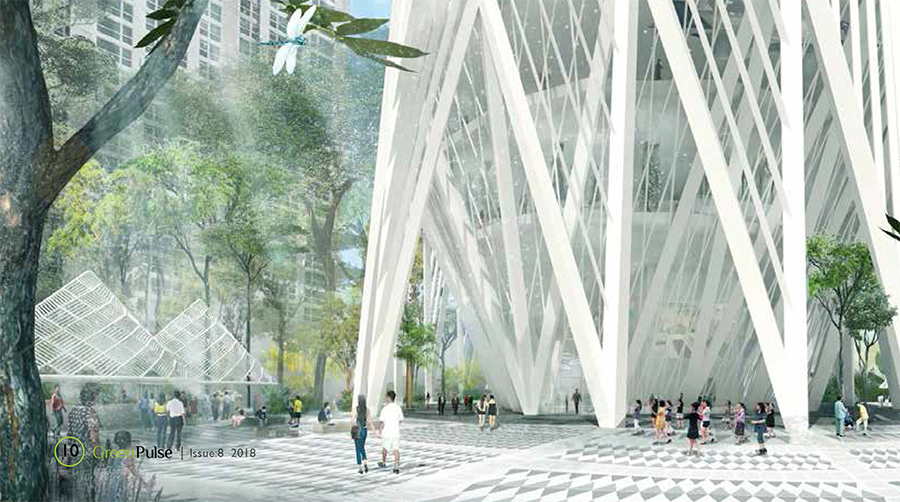Face to Face: Mr Rasmus Astrup
 Interview with Mr Rasmus Astrup
Interview with Mr Rasmus AstrupWhat exactly is circuit design in architecture/urban planning? How does it benefit sustainability?
Circuit is also known as circular design. It’s the process of upcycling where by-products or waste materials are transformed into new materials or products of better quality. So you can use it for something better or at least at the same level. Its based on the thinking of the book Cradle to Cradle. An example would be a project we did in Bornholm, Denmark. We tried to create the project with resources from the island, rather than importing the building materials. Then we let the natural conditions and the materials determine the design, we don’t start the project with a predetermined design.
For this project, we spent 3 days driving around the island, and conducted investigations and meetings with resource producers and the local people. We also found a quarry with some leftover stone fragments, and we used these fragments to create the paving for the parking area. The stones were packed so cleverly together than no glue was needed and later on you can just remove the stones (keeping its value) and reuse it. I know we cannot solve all projects like that, but I wish we could cause that is the best way to do it.

What is your favorite project to date, and why?
I think all our projects are my favorite but the one I talk about most is the Novo Nordisk project. This project is a good example of how a big corporate company saw
the value and quality in nature for their employees, and also of how businesses can financially benefit from nature. The reason for this is that employees are key to the success of any firm. So when you create good conditions for them you will have success. In Novo Nordisk, its really just wild nature – flora, fauna, insects and small birds. It is more than just an HQ for a commercial company, it is also a public park for everyone to enjoy.
We developed a new understanding of design through this project. It was one of our first projects where we literally only used native plant species and even left dead
trees as they were. There are preserved, untouched areas and there are biotopes created that accommodate the park. Though the disturbance to the natural habitat is very minimal – just to ensure accessibility into the park and ensure safety from fallings trees, everything else is left as it is.
Another interesting aspect of Novo Park was that we had to redefine maintenance. In this project, nature coexisted with parked cars and an industrial estate. It is unlike a forest. But the feeling you get from being from bring in the forest outside the city is the same feeling you should achieve inside the city by the nature design we create. And that nature design needs maintenance where you respect that is a process. The process doesn’t have a predetermined plan, rather involves investigations and dialogues with biologists, gardeners and clients. We then discuss how things should be and how they should develop; because when designing with nature like do, we don’t know exactly how it will turn out. Designing with nature as a base means relinquishing control. We can only create conditions, goals and qualities but we cannot control the trees.
 Despite all the sustainability efforts going on, why do you think going green in terms of urban planning/ architecture still takes a back seat in some cities?
Despite all the sustainability efforts going on, why do you think going green in terms of urban planning/ architecture still takes a back seat in some cities?
Well first of all green is a nice color but I think it lays in the expression. There are a lot of people who mention greenwashing, but I think the word is wrong. In my opinion, we should instead talk about life quality; living instead of surviving. Because nature is where we all came from, at least that’s the way I understand the world. I respect other have a different opinion, but this is the way we base our work in our firm. A city is an eco-system, and if you want to solve a livable city, you need to play with all the important parts. Urban spaces are important because these are the more democratic places in the city. This actually where people can meet despite gender, age, etcetera. And they should be green, and when I say green I mean nature.
The dangerous part about green as a colour is that greenwashing just doesn’t work. If we make something green as an add-on or decoration, we will lose, because it doesn’t bring purpose.And that is why it is so complex and requires one to be multidisciplinary. You can’t just go green if you don’t understand the sustainable part, the maintenance and the business case of the client. It’s a big challenge in terms of collaboration and shared achievements. So it doesn’t matter is sustainability comes first or second, what we need to do is talk about life quality and livable cities. Of course, livable cities with good life quality is sustainable – its full of good nature, nice and efficient mobility, urban spaces where people can freely meet others, it’s not noisy. That is a livable city to me.





